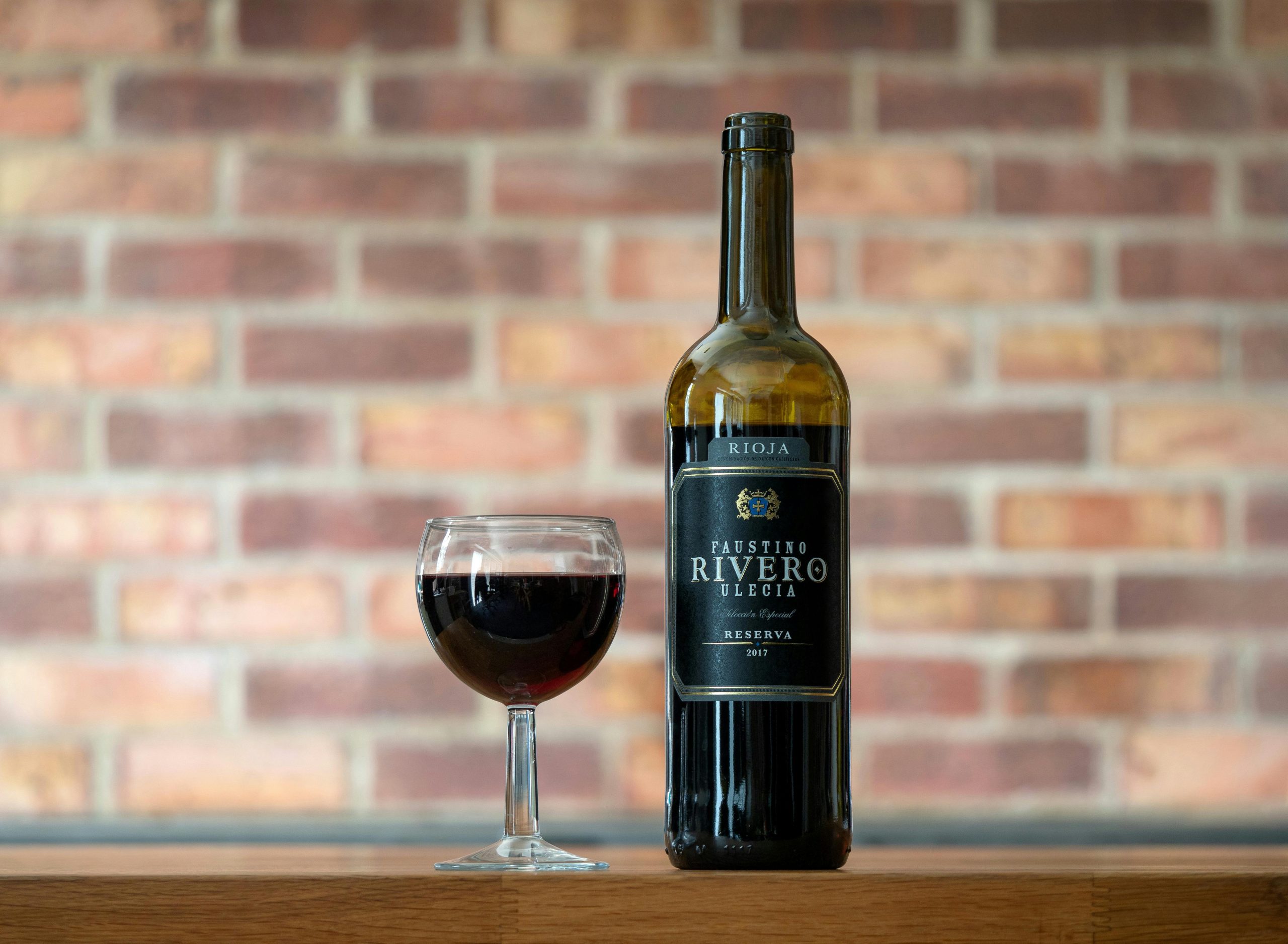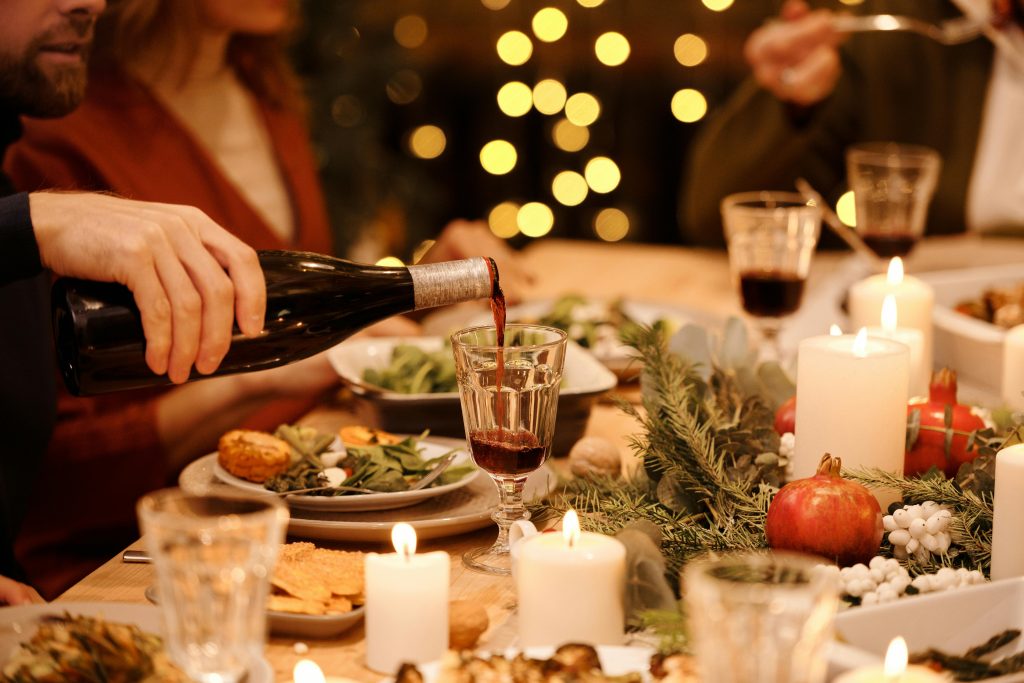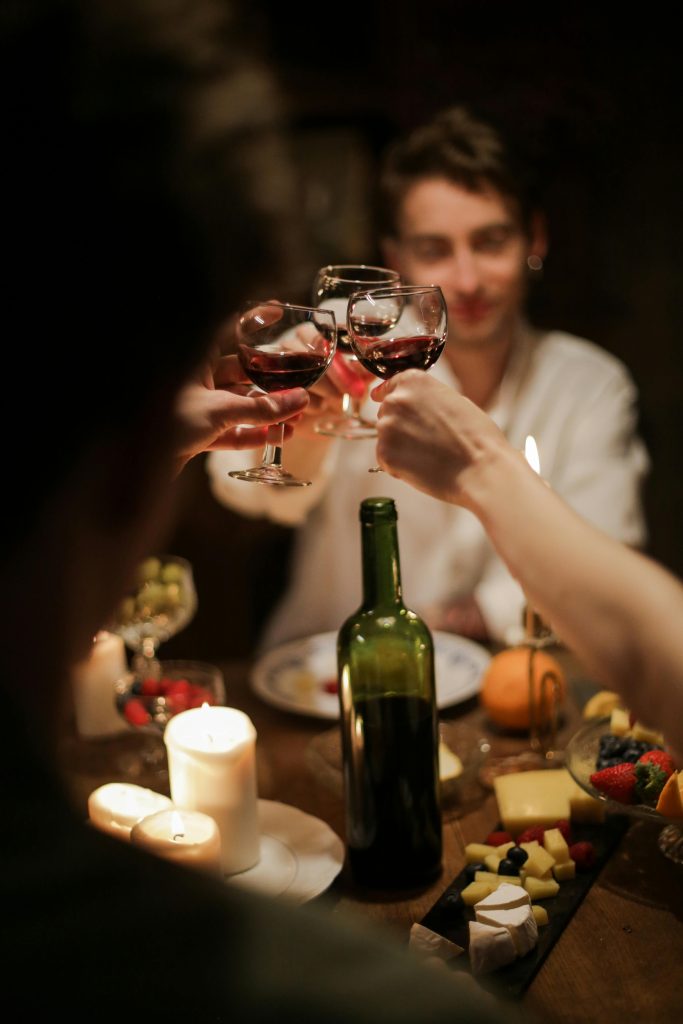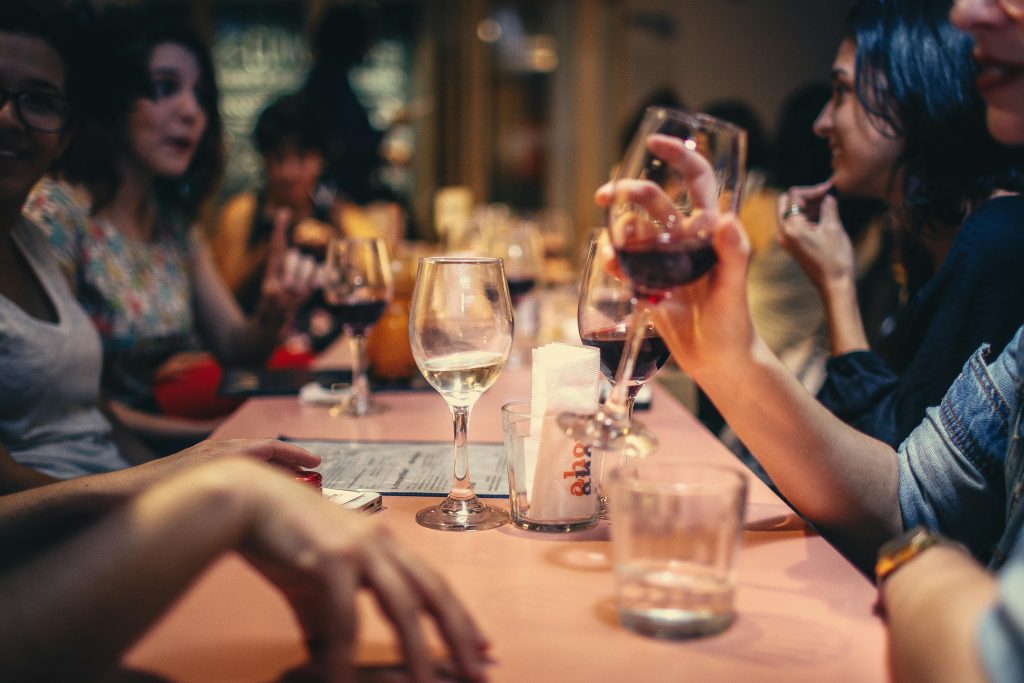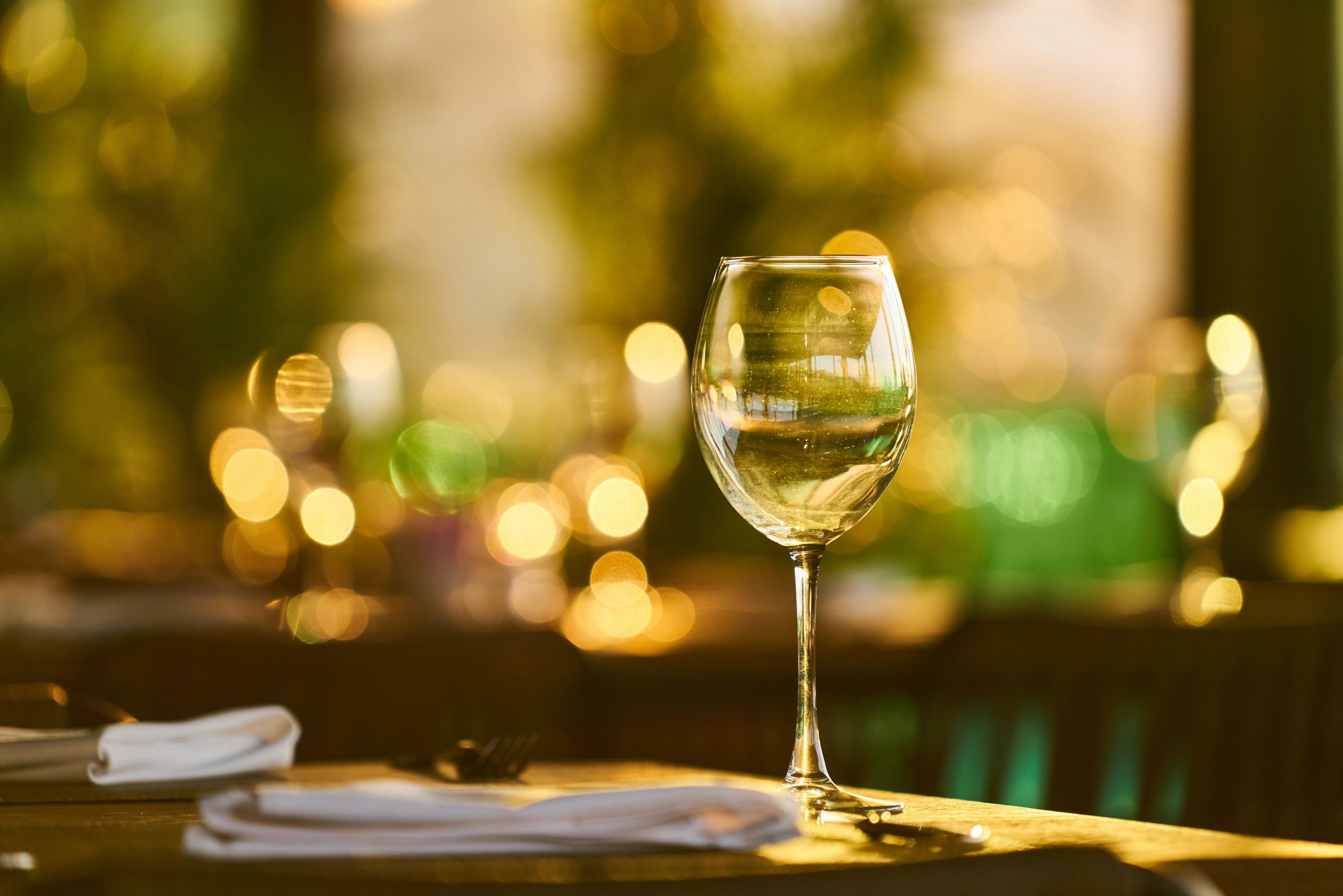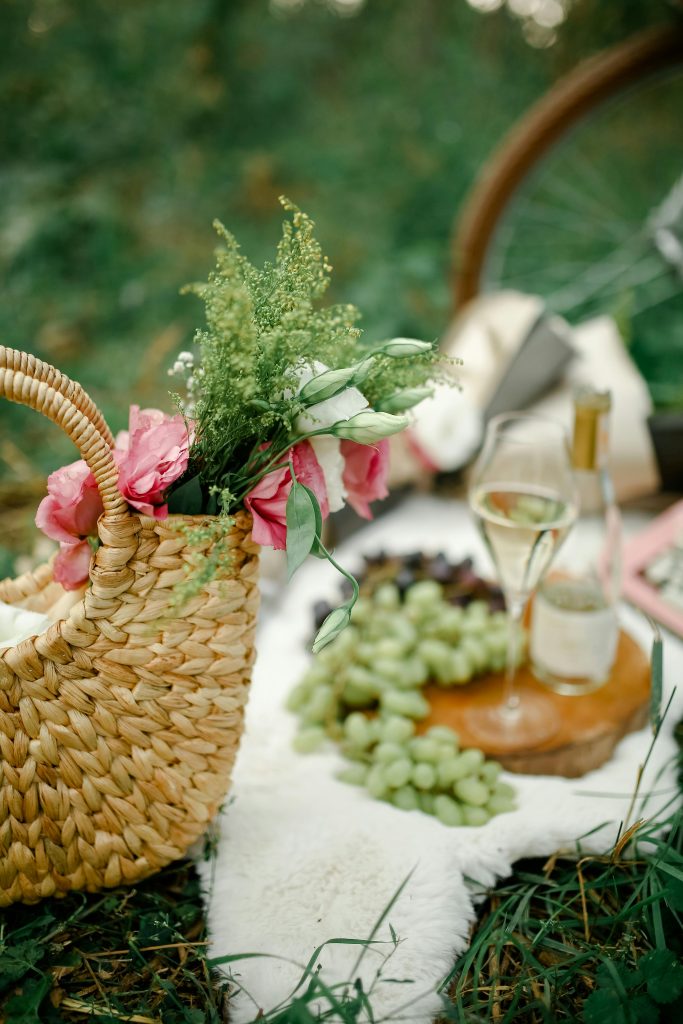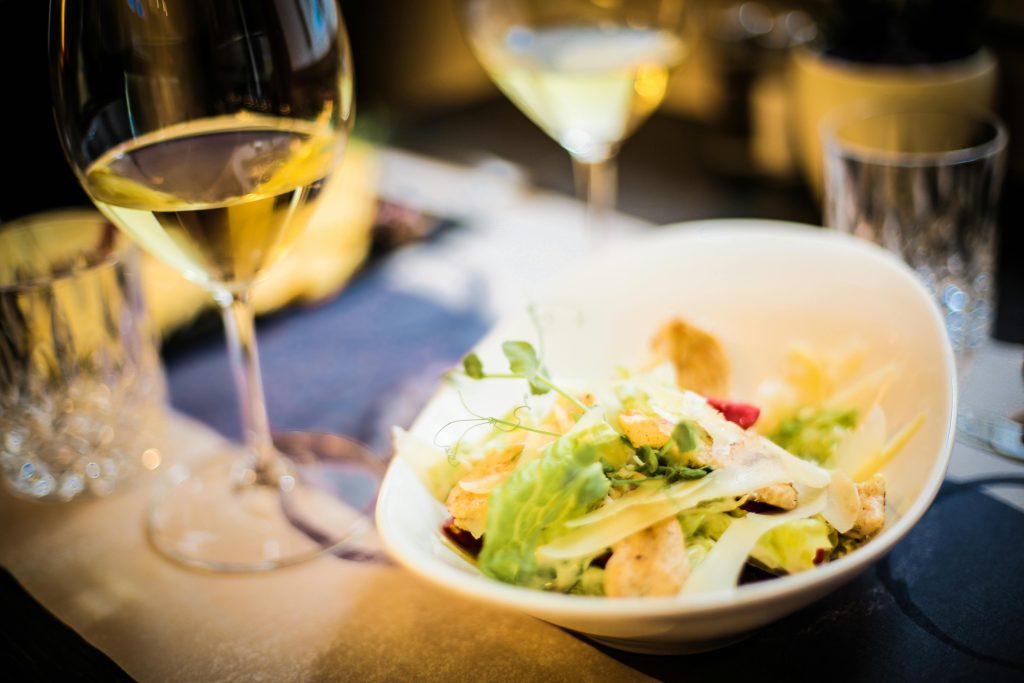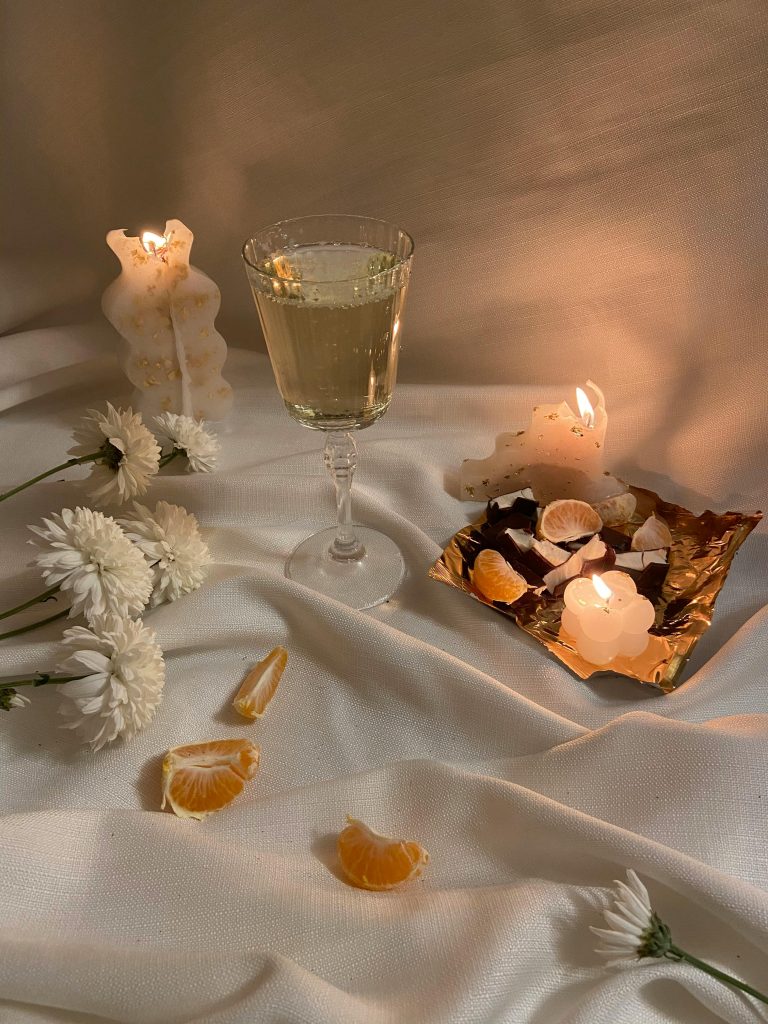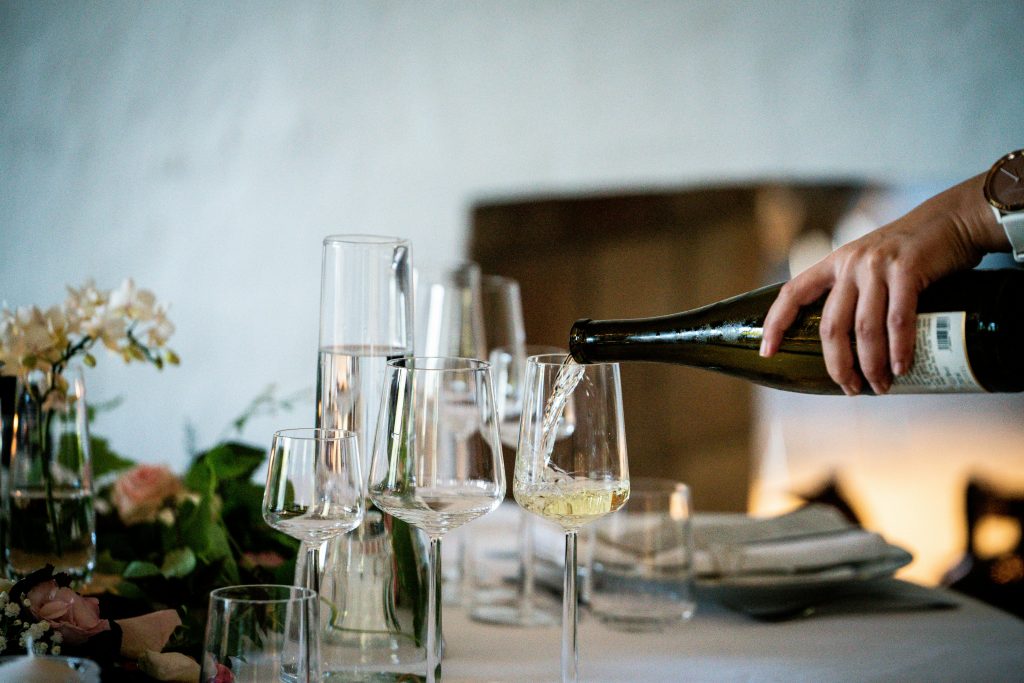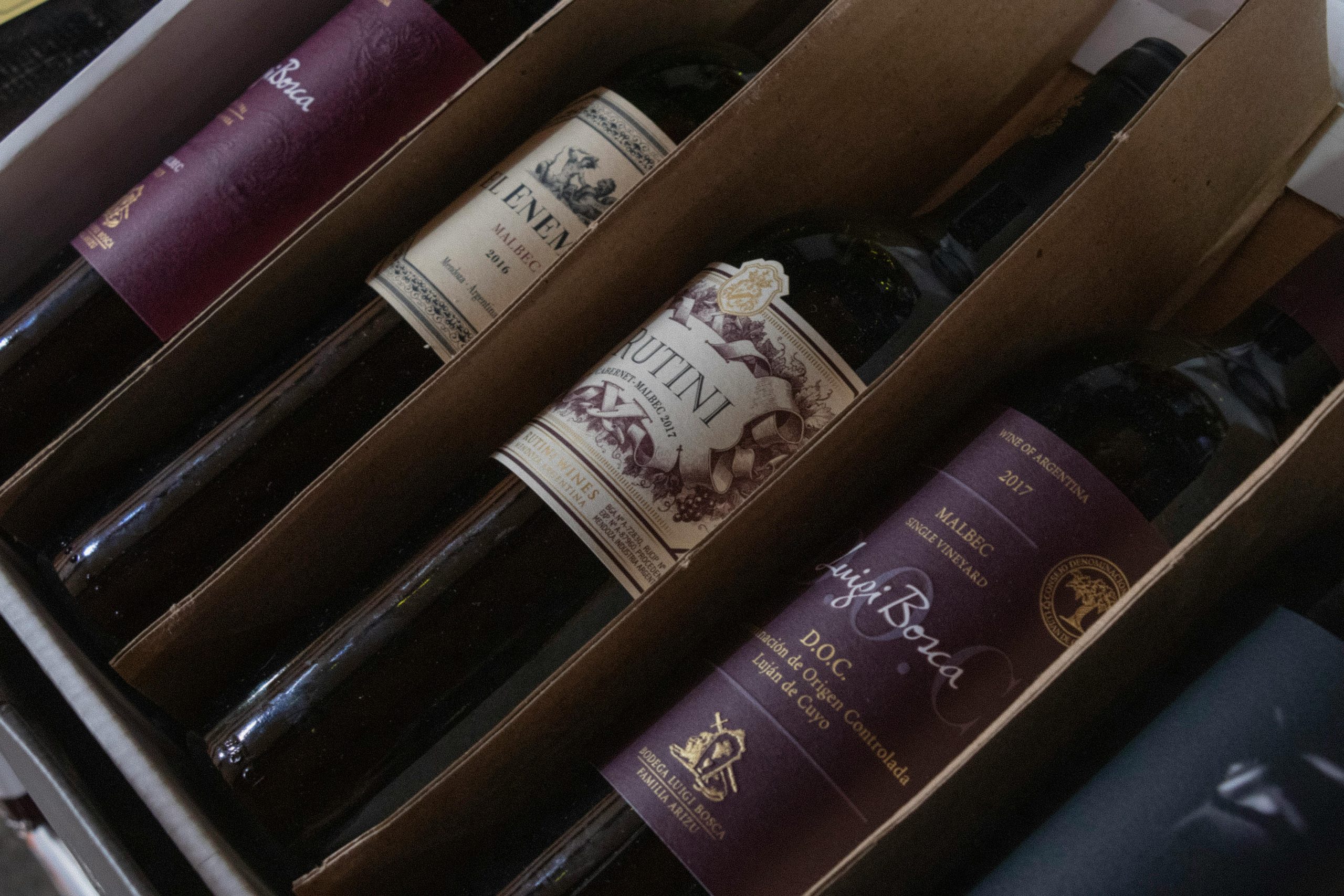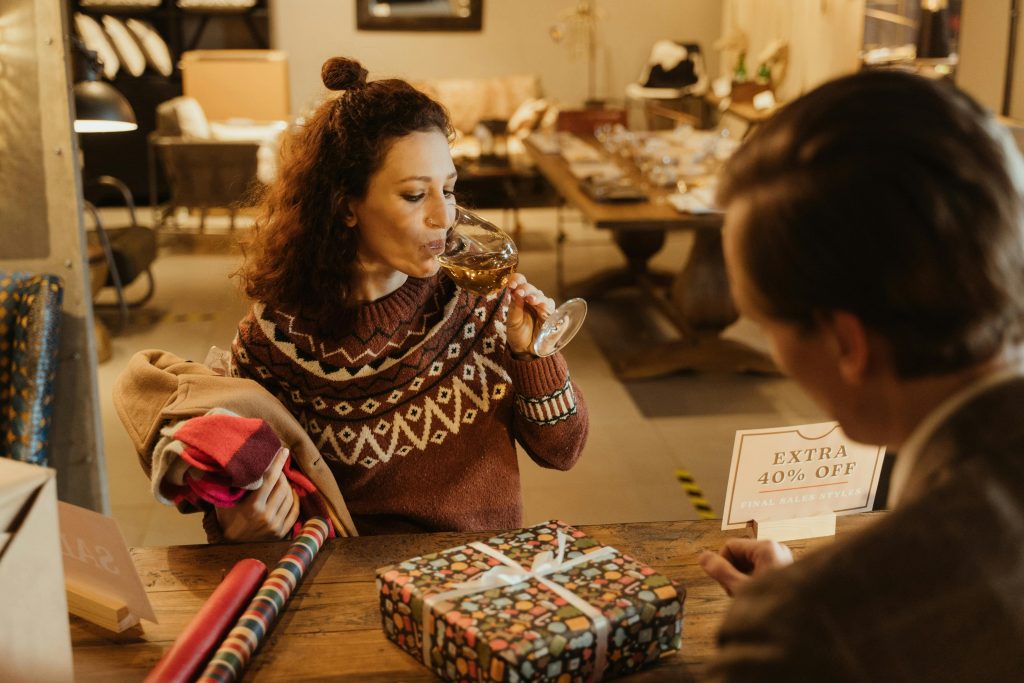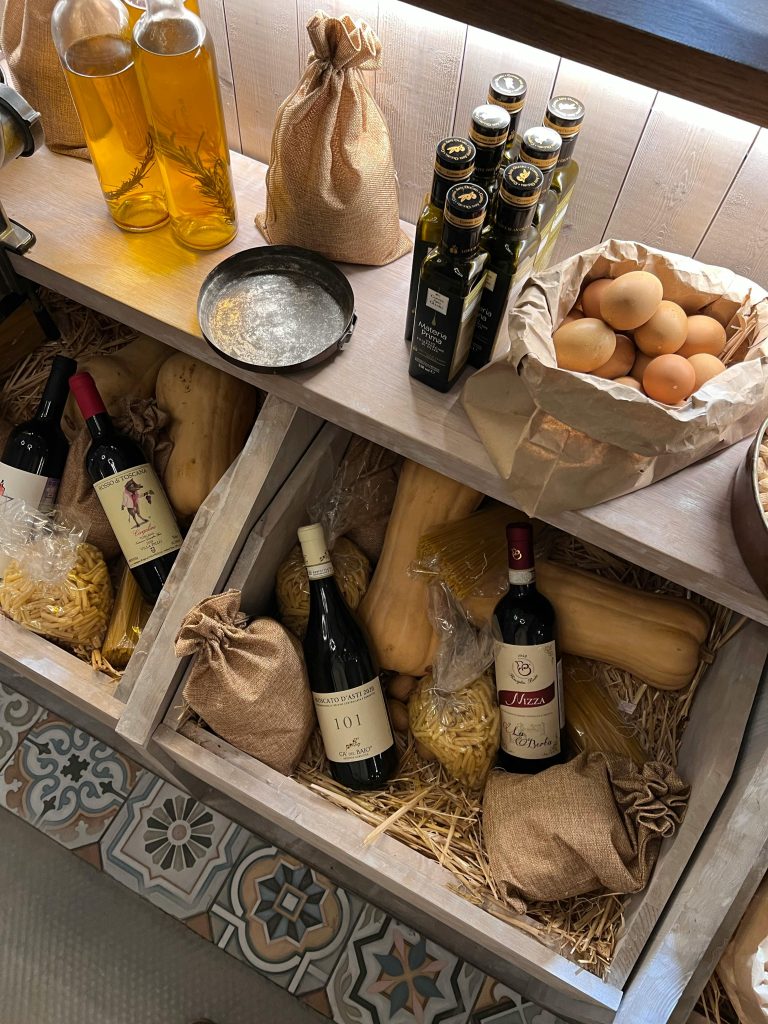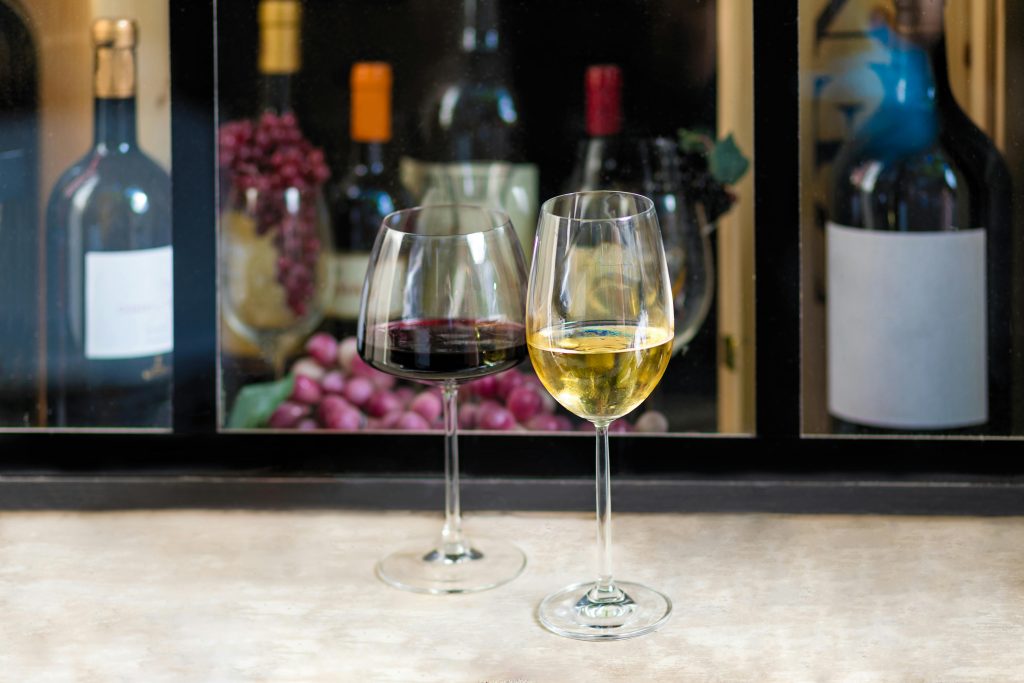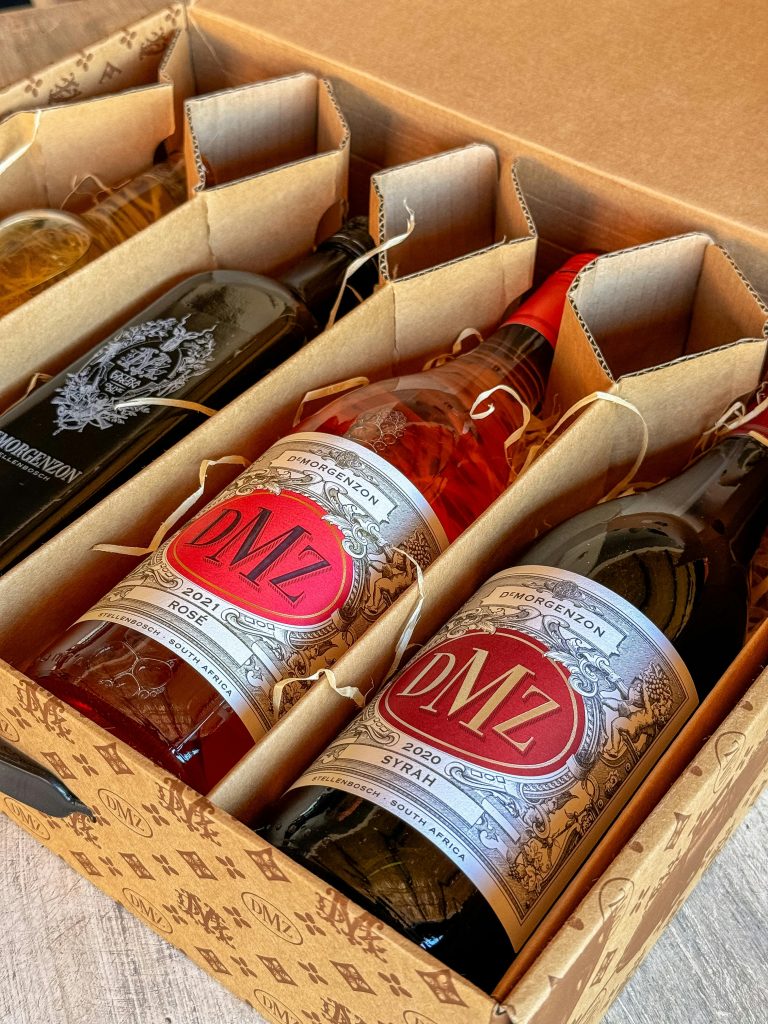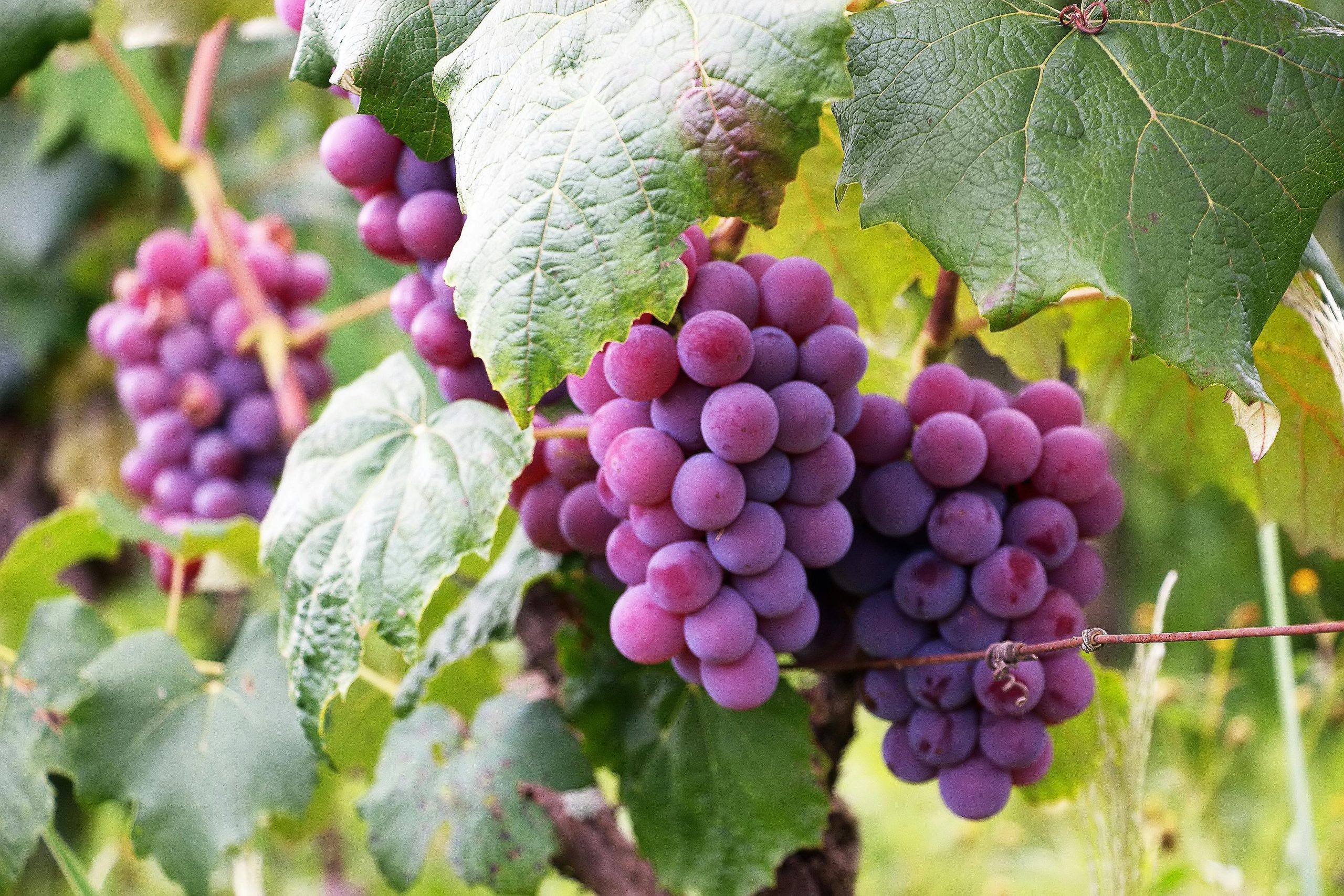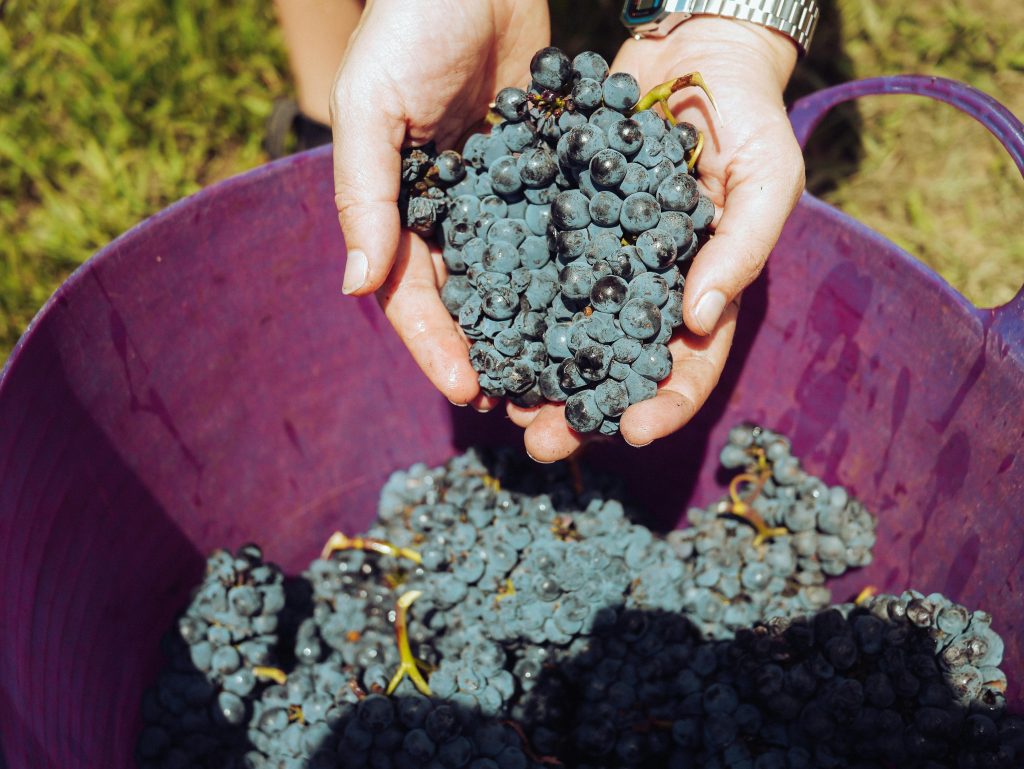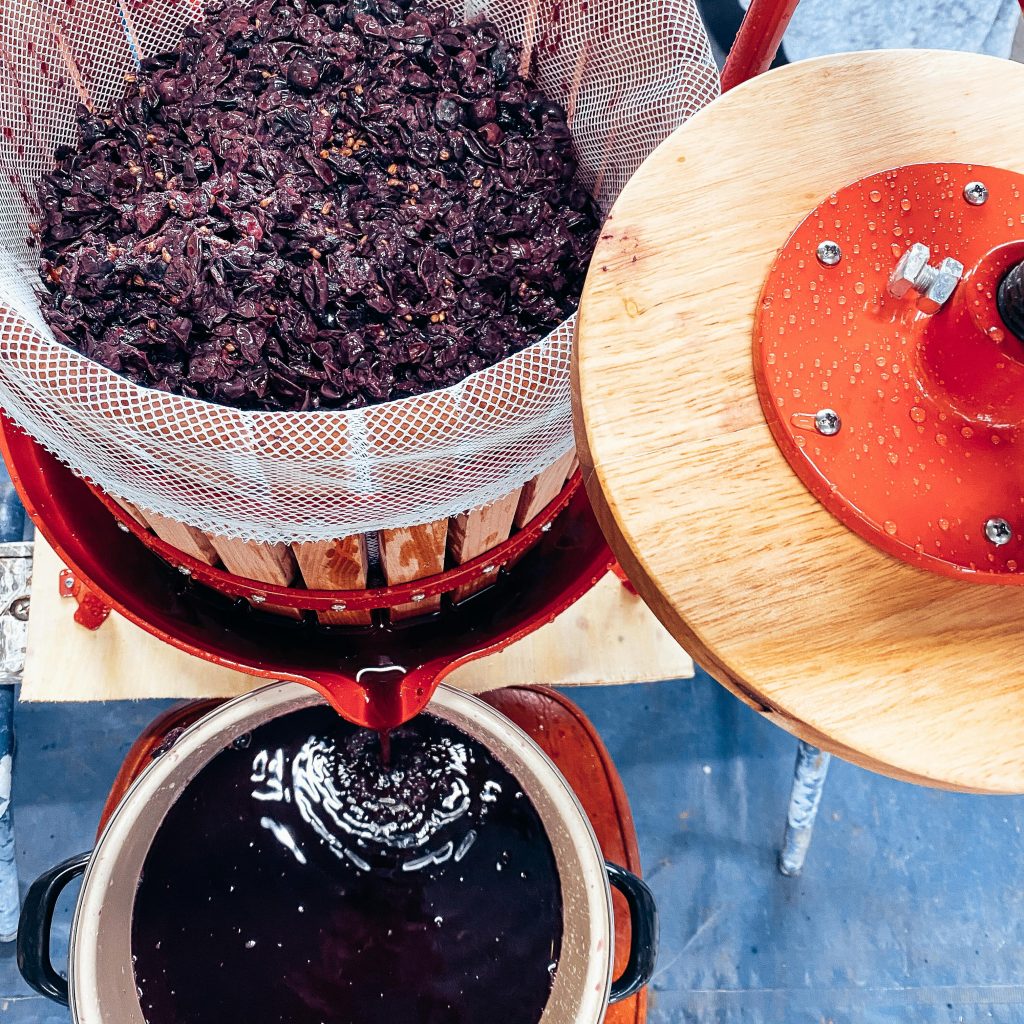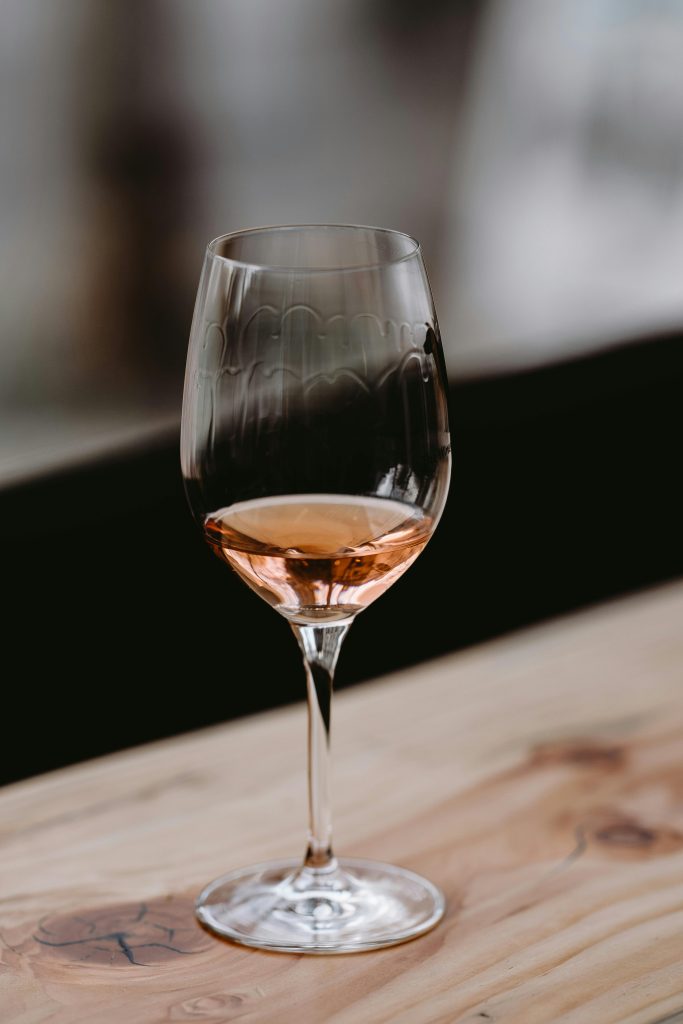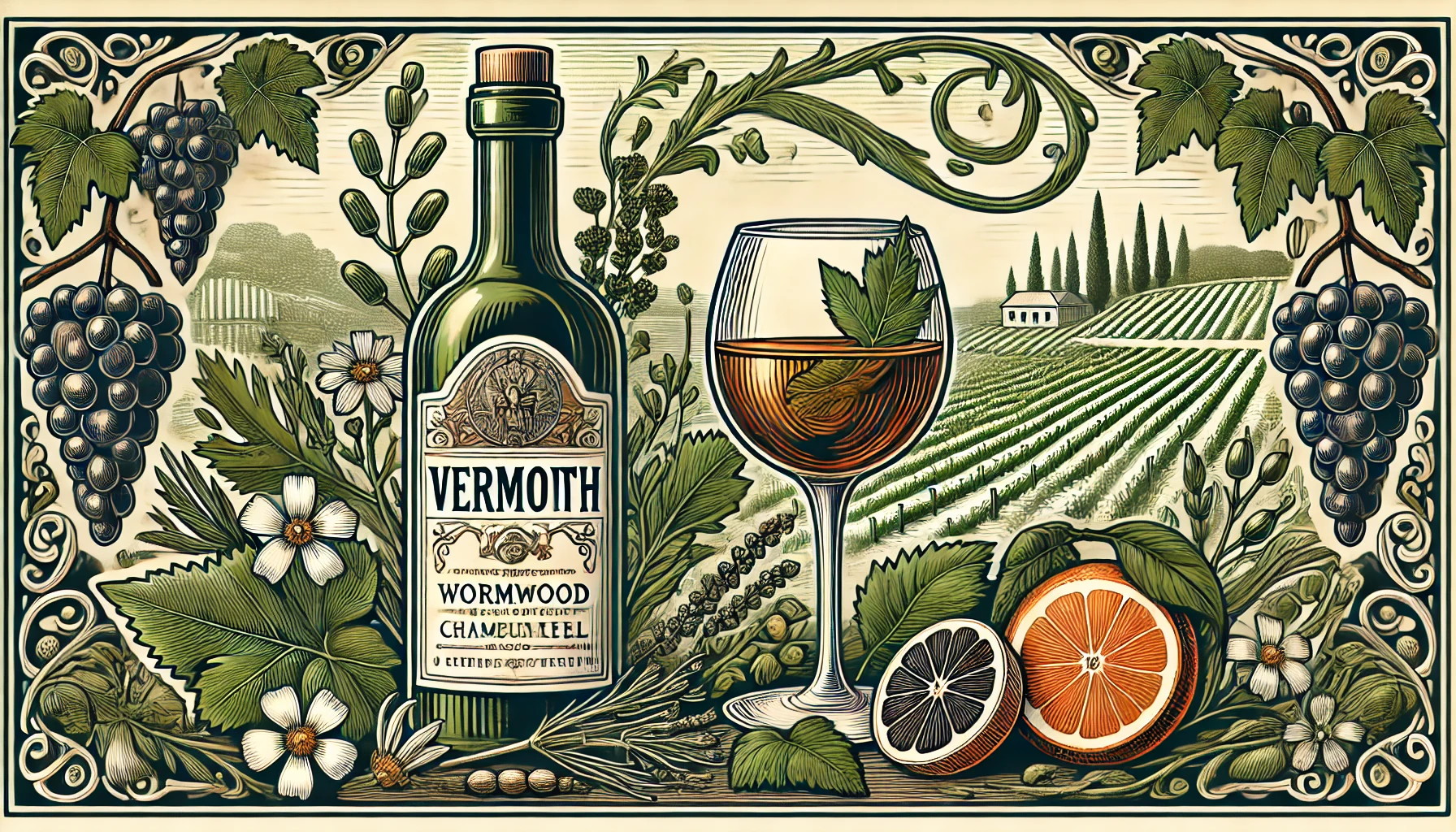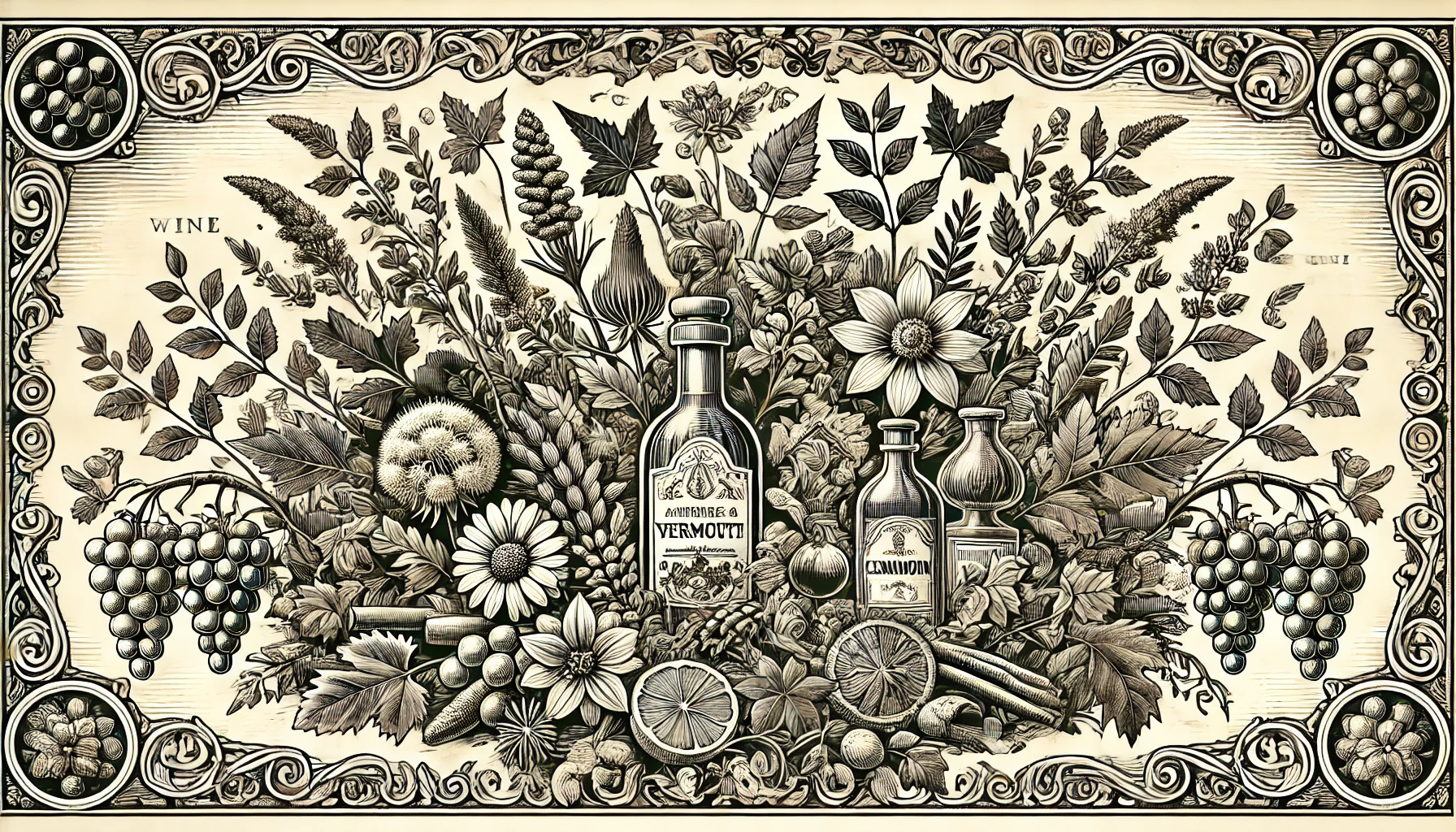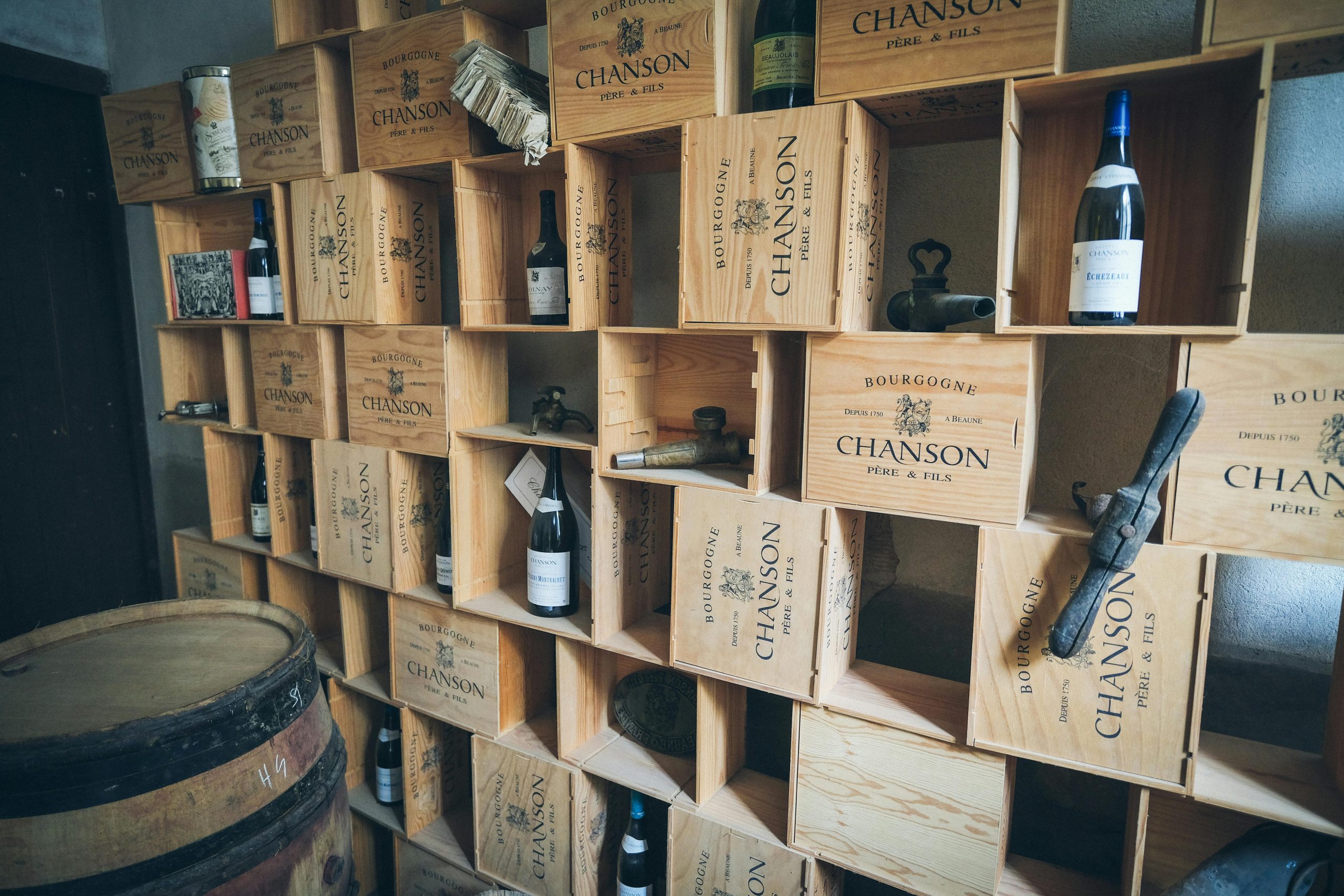
Wine cellars aren’t just for the ultra-rich anymore. If you’ve ever dreamt of adding a wine cellar to your home, you’re not alone. More and more homeowners are turning to this timeless feature for both luxury and function. And guess what? It isn’t just about holding a bottle or two for your next dinner party. A well-designed wine cellar can actually boost your home’s value, turning a simple passion for wine into a valuable investment. Let’s take a look into some trendy wine cellars, why they’re such a hot commodity, and how they add real, tangible value to real estate.
The Rise of the Wine Cellar
Once upon a time, wine cellars were hidden in dark, damp basements where bottles lay gathering dust. Those were mostly for serious collectors and sommeliers. But now, things have changed. Today’s wine cellars are no longer just storage rooms; they’re statements. They’re art. You’ll find them in sleek designs, with glass walls, custom lighting, and even climate control. Some are built like galleries, showcasing vintages as prized possessions.
This shift has changed how potential buyers view wine cellars. Now, a wine cellar isn’t just a perk. It’s a sign of luxury and a mark of someone who appreciates the finer things in life. Even if you’re not a big wine drinker, having a cellar can elevate your home’s allure to potential buyers, especially in the luxury market.
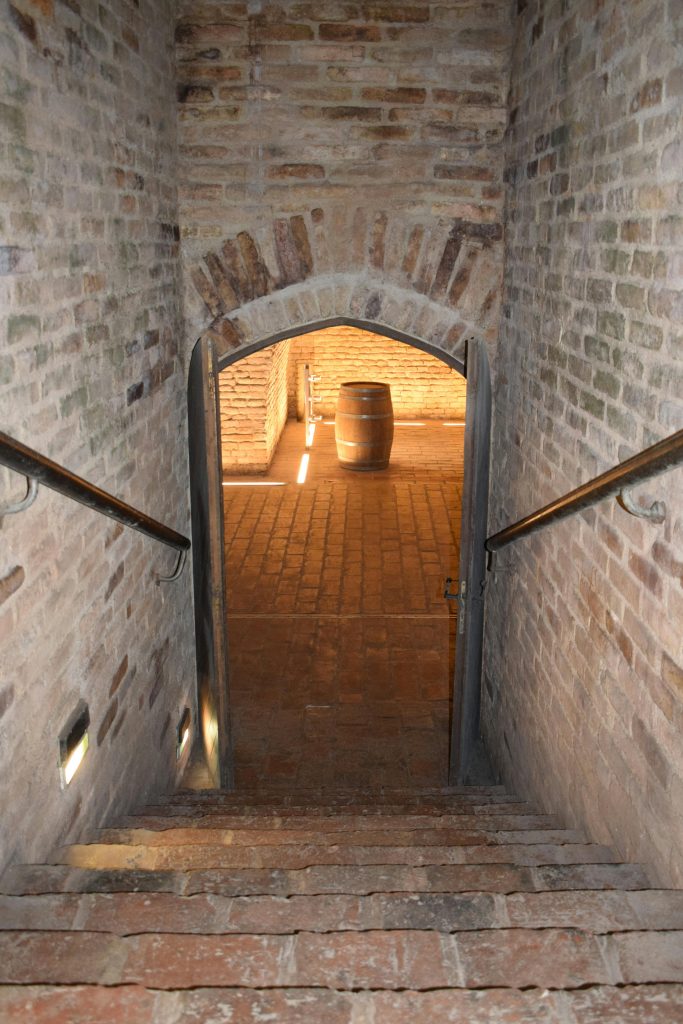
The “Wow” Factor of Wine Cellars
When a buyer walks into a home with a wine cellar, it’s almost always a “wow” moment. Imagine walking through a beautiful home, then discovering a stylish, meticulously organized space dedicated solely to wine. Whether you’re a casual sipper or a serious collector, it’s hard not to be impressed.
Real estate agents will tell you that unique features help homes sell faster and for higher prices. Wine cellars, especially in regions known for wine culture or in higher-end properties, serve as a point of distinction. This feature immediately elevates the property, placing it in a unique category.
Adding Value, One Bottle at a Time
Now, let’s talk numbers. Does a wine cellar really add dollars to your home’s value? Short answer: yes. But the extent varies based on a few factors. Here are some main points that influence how much value a wine cellar can add:
- Location and Market Demand: In wine-centric regions like California, Bordeaux, or Tuscany, homes with wine cellars can command a premium. Wine lovers flock to these areas, so a wine cellar becomes a logical, desirable addition.
- Home Value Bracket: If your property is in the high-end market, a wine cellar can align perfectly with the expectations of buyers. For homes with asking prices above $1 million, a well-crafted wine cellar can make the property more attractive and memorable, adding a serious boost to the value.
- Design Quality: A wine cellar isn’t just about holding wine. The quality of materials, craftsmanship, and climate control elements all matter. A glass-enclosed, temperature-controlled cellar with custom shelving will have a greater impact than a simple basement storage room.
- Size and Capacity: A small 50-bottle wine fridge is a nice touch, but a dedicated room that holds a thousand bottles? Now you’re talking luxury. Larger wine cellars typically add more value because they cater to serious collectors and entertain guests in style.
The Elements of a Value-Boosting Wine Cellar
So, what goes into a wine cellar that actually makes it valuable? Not all wine storage is created equal. Here are the key elements that make a wine cellar a true asset:
- Climate Control: This is crucial. Temperature, humidity, and airflow all need to be managed to keep wine in peak condition. A temperature range of 55-58°F and humidity between 50-70% is ideal. Invest in a solid cooling and humidification system if you want your cellar to appeal to high-end buyers.
- Lighting and Aesthetics: This isn’t just any room—it’s a showpiece. Lighting can make or break the space. Go for soft, non-UV lighting to protect wine while creating a cozy atmosphere. Also, consider stylish shelving, custom woodwork, or glass walls for that gallery look.
- Storage Capacity: The bigger, the better. While a small cellar is great for casual drinkers, serious collectors want ample space. High-capacity storage with different types of racks, bins, and even tasting tables will add significant value.
- Security: Wine cellars with high-end vintages are valuable, and sometimes, the wine alone is worth thousands of dollars. Include a security system or locked, private access for additional peace of mind.
- Location in the Home: Wine cellars used to be tucked away in basements, but modern trends are changing that. Today, you’ll find wine cellars near dining rooms, kitchens, or even in entryways as a visible, impressive display.
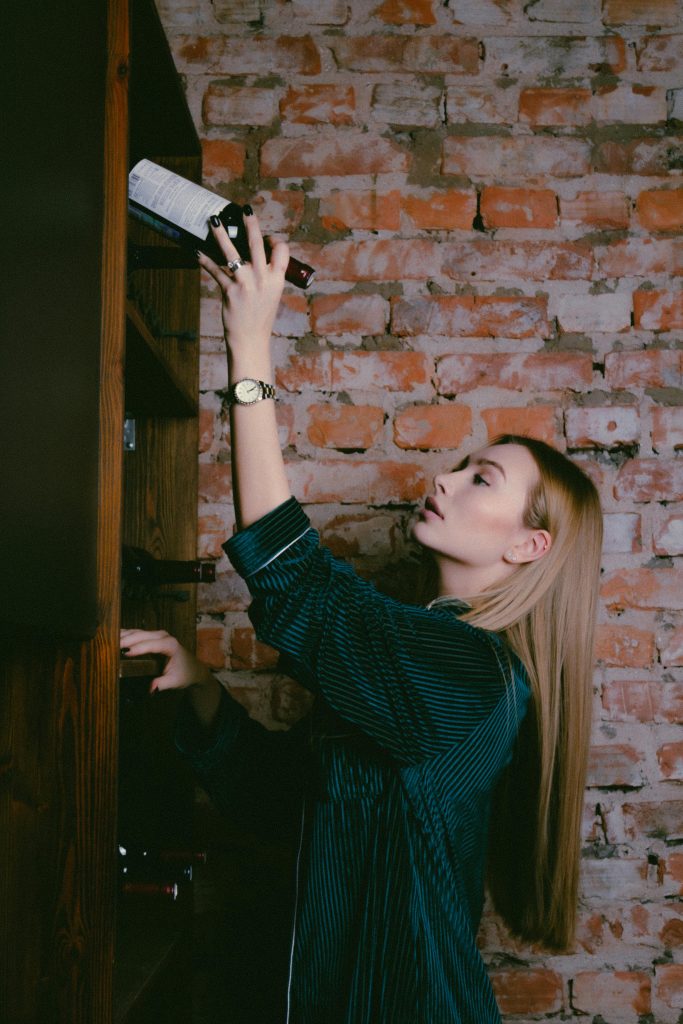
Wine Cellars as Part of Luxury Real Estate Trends
A wine cellar is more than a practical storage space; it’s a part of the luxury lifestyle. In high-end real estate, the focus is on creating an experience, not just a home. Buyers expect amenities that reflect their interests and passions, and a wine cellar does just that for oenophiles.
Luxury real estate trends point to the idea that buyers want homes where they can live fully, entertain, and enjoy. Whether it’s a home theater, spa bathroom, or wine cellar, these features make a property stand out. In many cases, a wine cellar can be the final feature that sways a buyer’s decision, especially for a home in the million-dollar-plus market.
The Future of Wine Cellars: Smart Storage Solutions
As with everything else in the home, technology is taking over wine storage. Smart wine cellars are popping up, equipped with features like automated climate control, digital wine catalogs, and even apps that help track your bottles. These tech-infused cellars appeal to the modern buyer, blending traditional elegance with innovative convenience.
Imagine scanning a QR code on a bottle to track its details, value, and history, all from your phone. Or setting alerts to tell you when a bottle has reached its peak drinking window. These features not only appeal to serious collectors but also boost the home’s modern appeal.
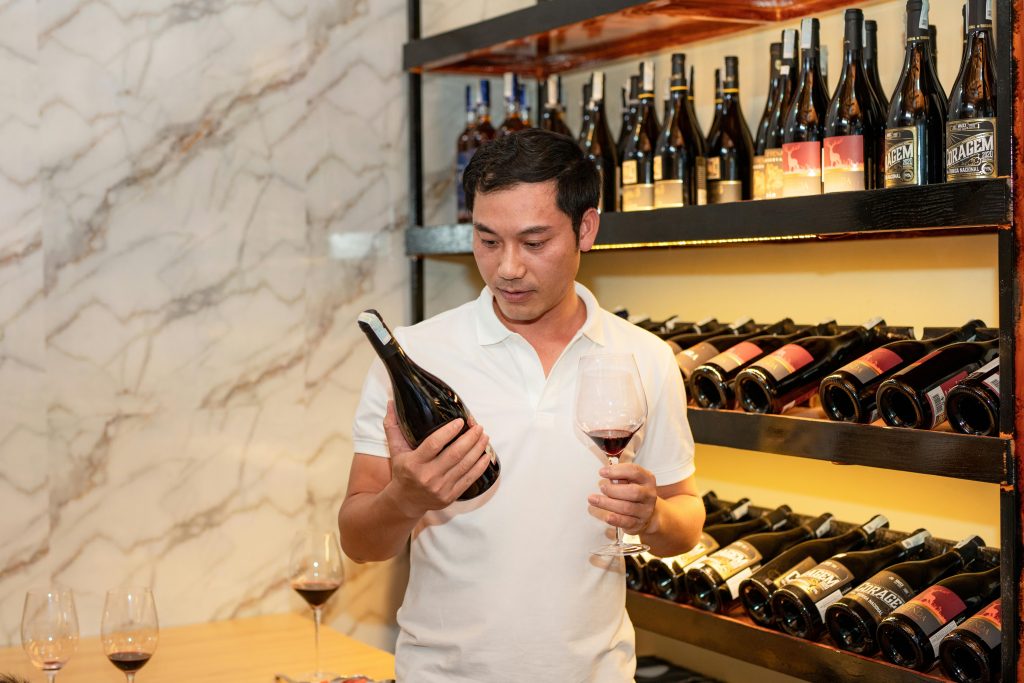
Making Your Own Wine Cellar Investment
Thinking of building a wine cellar? Here are some tips to make it worth the investment:
- Go Custom if Possible: A custom-built cellar is going to look and feel a lot better than a standard off-the-shelf option. Tailor it to your space, and choose materials that reflect your home’s style. Consider glass walls, custom racks, and an eye-catching door.
- Focus on Cooling and Humidity: Don’t skimp on the climate control system. This is what keeps your wine safe and your cellar valuable. Cheap systems may save you money now, but you’ll risk your wine collection later.
- Keep It Functional Yet Beautiful: A wine cellar can be functional and stunning at the same time. Choose racks, lighting, and furniture that create a luxurious feel without losing sight of practicality.
- Think About Long-Term Value: A wine cellar is an investment, so think long-term. Use quality materials, hire a reputable installer, and make it a space that will appeal to future buyers, not just your own tastes.
Wine Cellars: A Trend That’s Here to Stay?
As wine culture continues to flourish, wine cellars seem poised to remain a popular feature in high-end homes. From creating a unique, memorable space to adding real value, wine cellars are more than a trend—they’re a lifestyle feature with staying power.
Whether you’re a wine enthusiast or a homeowner looking to boost your property’s market appeal, a wine cellar might just be the investment you need. And remember, it’s not just about the bottles on the shelves. It’s about creating a space that reflects luxury, taste, and timeless style. A wine cellar doesn’t just store wine—it tells a story, one bottle at a time.
In a market that loves distinctive, luxury touches, wine cellars have carved out their niche. They represent not only sophistication and good taste but also an investment in the art and pleasure of wine. And who knows? That wine cellar might just turn into the most valuable room in your house!
